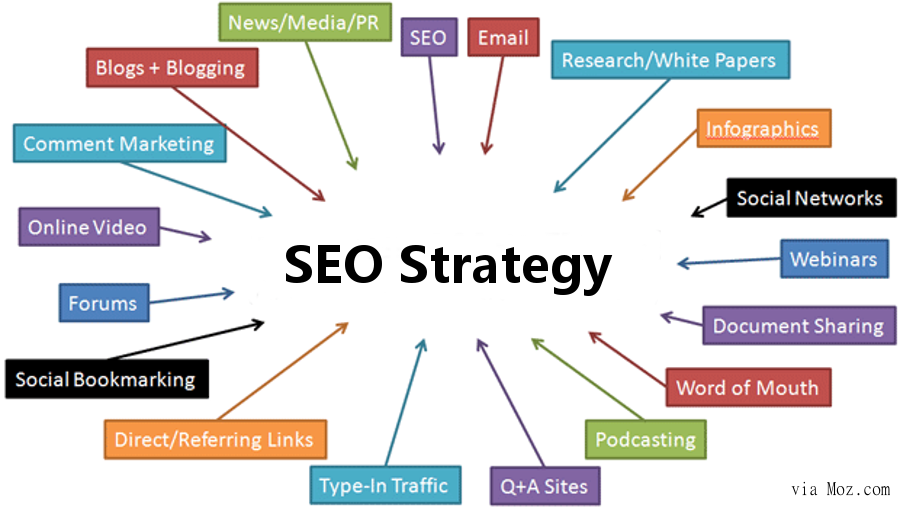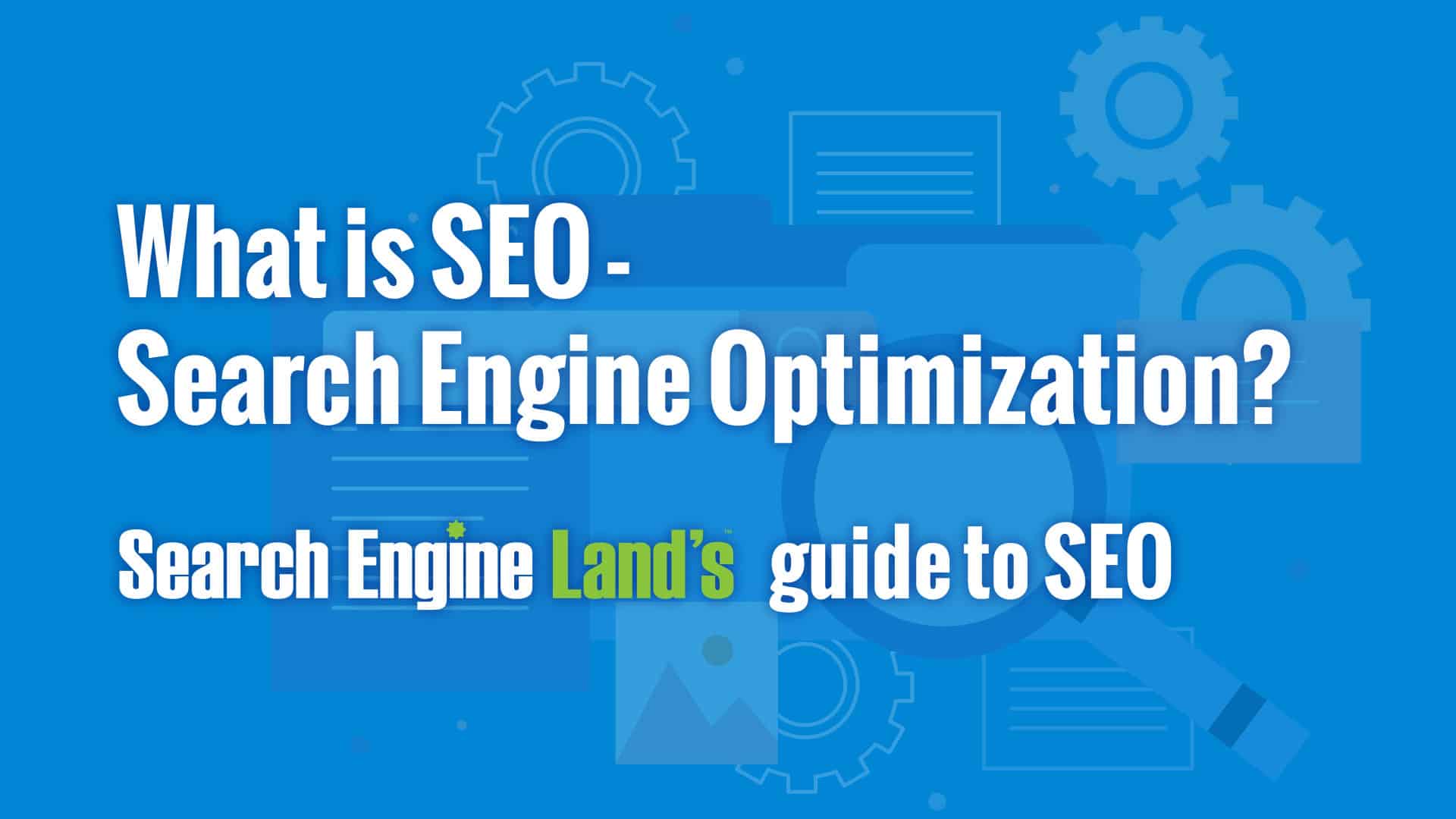Cracking the Code: Introducing Non-default Mediums in Google Analytics for SEO
Cracking the Code: Introducing Non-default Mediums in Google Analytics for SEO
Blog Article
Believing Outside package: Leveraging Non-traditional Mediums to Enhance Google Analytics Efficiency
In the world of digital advertising and marketing, the mission for improved Google Analytics efficiency has become a critical crucial for businesses looking for to refine their on the internet presence. Conventional techniques frequently drop short in capturing the complete range of customer communications and habits. Nevertheless, by checking out unconventional tools as opportunities of data collection, a brand-new realm of opportunities emerges. These uncharted areas use a wide range of untapped understandings that might potentially revolutionize the way we recognize and optimize our electronic methods.
Distinct Information Resources

CRM systems, as an example, can supply understandings into private consumer communications, purchase background, and preferences, which can be incorporated with Google Analytics information to create even more tailored marketing techniques. Social media systems offer beneficial information on user demographics, passions, and interaction metrics, allowing services to evaluate the performance of their social networks campaigns and maximize content for far better performance. Email advertising and marketing data, consisting of open rates, click-through prices, and conversion metrics, can also be leveraged to track individual engagement and habits beyond web site interactions caught by Google Analytics. By leveraging these distinct information sources, organizations can refine their strategies, enhance targeting initiatives, and enhance total Google Analytics performance.
Social Media Site Insights

Furthermore, social media analytics devices allow services to track key efficiency signs, screen campaign performance, and gauge the effect of their online activities. Recognizing the demographics of followers, identifying preferred material themes, and evaluating engagement degrees can assist services tailor their marketing approaches for much better results.
Offline Advertising Integration
Integrating offline marketing approaches with electronic analytics can boost overall project performance and provide a much more comprehensive understanding of consumer actions. what is not considered a default medium in google analytics. By bridging the space in between online and offline efforts, organizations can track the effect of typical advertising channels such as print ads, television commercials, straight mail, and occasions on their online existence

Additionally, carrying out phone call radar for offline advertising and marketing tasks allows businesses to record useful information on customer questions created with printed products or advertisements (what is not considered a read here default medium in google analytics). By examining call information alongside on the internet metrics in Google Analytics, companies can get much deeper insights into the consumer trip and maximize advertising and marketing strategies for improved efficiency across all networks
IoT and Wearable Technology
Using IoT and wearable technology in electronic analytics can change data collection and customer insights for organizations seeking a deeper understanding of customer behavior patterns. These ingenious technologies supply a seamless method to collect real-time data from different touchpoints. IoT tools can track individual communications with services or products, offering beneficial information on use patterns and preferences. Wearable innovation, such as smartwatches or health and fitness trackers, can use understandings into individual tasks, health metrics, and also area data.
Gamification Methods
The execution of gamification approaches in digital analytics presents an innovative method to boosting user interaction and driving workable insights for companies. By incorporating game-like components go now such as points, badges, leaderboards, and awards right into the analytics interface, business can motivate customers to engage a lot more regularly and meaningfully with the data.
Gamification encourages users to explore various attributes of the analytics system, discovering useful insights that might have or else gone undetected. With interactive difficulties and progress monitoring, customers are incentivized to dig deeper right into the information, bring about boosted time invested in the platform and a greater chance of finding essential trends or patterns.
Moreover, gamification can cultivate a sense of competition amongst customers, stimulating them to pursue higher efficiency and interaction levels. This affordable spirit can drive enhanced user fostering rates and an extra detailed utilization of the analytics devices offered. Eventually, by leveraging gamification strategies in electronic analytics, services can create an extra engaging and effective setting for individuals, resulting in even more informed decision-making and boosted general efficiency.
Final Thought
In conclusion, leveraging unconventional mediums such as one-of-a-kind data resources, social media insights, offline advertising assimilation, IoT and wearable innovation, and gamification approaches can optimize Google Analytics performance. By believing outside package and discovering these alternative sources of information, organizations can acquire useful understandings and boost their overall marketing methods. It is essential for companies to continuously check out new methods to collect information and analyze it in order to stay ahead in the ever-evolving digital landscape.
By integrating information from resources such as consumer partnership monitoring (CRM) systems, social media systems, and email marketing campaigns, businesses can acquire a much more thorough understanding of their target market behavior and engagement patterns. Social media systems use beneficial data on user demographics, rate of interests, and interaction metrics, enabling companies to evaluate the performance of their social media projects and maximize web content for far better performance. By leveraging these unique information sources, businesses can improve their approaches, boost targeting initiatives, and improve general Google Analytics performance.
Discovering social media understandings can provide services with important data on customer demographics, passions, and engagement metrics, enabling for notified decision-making and strategic optimization of marketing initiatives. By thinking the original source outside the box and discovering these alternate sources of data, companies can acquire important understandings and boost their general advertising techniques.
Report this page